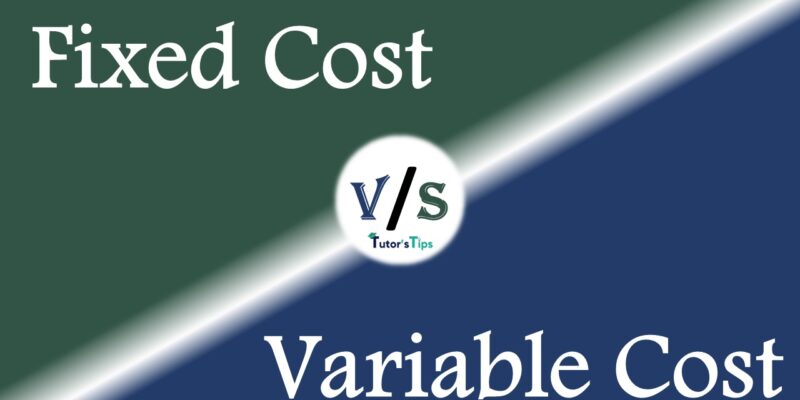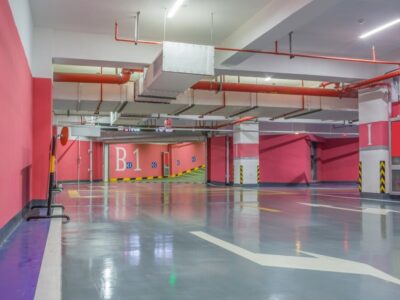The terms “fixed expense” and “variable cost” are often used to describe two separate types of business outlays: those that do not change regardless of activity or sales volume, and those that do so. Fixed costs, such as rent, salary, and loan payments, do not fluctuate with the level of outputs but rather stay constant over a certain time period whereas variable costs fluctuate directly and proportionately with the changes in company activity level or volume. Rent, salary, and loan payments are all examples of fixed costs that must be paid regardless of the volume of production. So What is a fixed expense?
Why Does It Make Sense to Break Down Expenses into Their Component Parts?
Unlike variable costs, fixed expenses are known in advance and do not change throughout the course of a certain time frame. No matter how much goods is produced or how well a company is doing, these fixed overhead costs must always be paid. In order to gain an accurate picture of your fixed expenses, you need take into account the charges you would still have to pay even if you temporarily halted your operation. You would still have to fund the costs of rent, insurance, and utilities, among other things.
Some common examples of such ongoing costs include:
- Rent
- Telecom and Internet Service Fees
- Coverage by Insurance
- Benefits and other payroll costs
- Finances Repaid
Every sole proprietor has certain ongoing outlays that must be met regardless of the level of business activity. Since they don’t fluctuate over the budget year, fixed expenditures are significantly easier to plan for. Fixed costs are more difficult to control than variable costs since they are independent of both operations and volume. Because of this, providing an exact size estimate is challenging.
On the other hand, variable costs are those that change over time and are proportional to the business’s output. These are established based on the quality and quantity of services produced by the organisation.
Since variable expenses are not fixed and their quantities change from month to month, they are more challenging to monitor and maintain under control. They may quickly contract or expand, resulting in a hit to your bottom line or a windfall for your business, respectively.
Constant expenses The Basics On
In contrast to variable costs, fixed costs remain constant across time. These costs often occur at regular intervals, such as a monthly wage or a weekly rent payment.
For instance, rent payments to a landlord are classified as a fixed expense, and the amount of rent that a small business owner pays is often negotiated based on the total square footage actually needed to do business. If an owner rents out 10,000 square feet at $40 a square foot for ten years, the rent will be $40,000 per month for the following ten years, regardless of the owner’s profit or loss.
Conclusion
It’s crucial to remember that fixed costs don’t stay the same throughout the years. Don’t discount the aforementioned scenario. Either until the tenant moves in or the landlord decides to increase the rent after the lease period has ended, the rent will stay the same. If the owner decides to move to a bigger space or pay greater rent, the business will inevitably incur additional expenses.









Comments